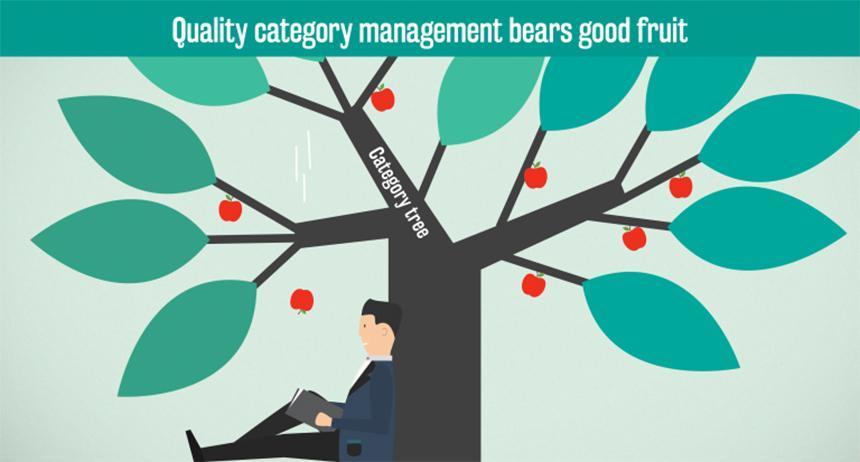Dear HR,
as Goodman Ace, an American humorist so aptly said it in the title image, it’s difficult to read a letter that is never sent. So, I’m taking this opportunity to open a dialogue around an issue we can work together on and raise top management’s awareness on the necessary change of procurement competences. Circumstances are favorable for both of our functions to choose a strategic enhancement, so why wouldn’t we grab that chance?
Competences needed in a modern organization are in a state of flux. Industry 4.0 and upcoming digitalization are opening doors to new opportunities and greater optimization, but also raising questions about job security and new directions. It has taken a while for a whole generation of procurement professionals to truly understand Peter Kraljic’s philosophy and to start thinking about a strategic transformation. That first Kraljic breakthrough is nowadays more important than ever and development toward strategy cannot be avoided, especially with digital pressures and the fact that currently commodity prices are not sourcing friendly. Instead of fearing these changes, it is wiser to adapt and evolve, so that businesses can be future-proof. But before we reach our goal, we have to analyze our fundamental needs and competences. Let me share insights into what makes procurement tick.
Procurement functions on three levels – operational, tactical and strategic. And each of those requires a particular set of skills:
OPERATIONAL level focuses on Request-to-Pay process and problem solving skills, but is in serious danger of being automated (Will a robot take your job?)
TACTICAL level is widely thought to be clear in what is required (sourcing and contracting), but there is still substantial room for improvement:
- analytic thinking – tactical spend analysis
- business insight – business administration knowledge
- negotiation and presentation skills – preparation and execution of collaborative negotiations
- procurement insight – cost drivers/cost breakdown/cost simulation, applying total cost of ownership in sourcing decisions, sourcing – RFI /RFP/ negotiation process, category expertise, legal boundaries (tendering, diversity, FOI, etc), terms and conditions, contract award & supplier debrief, contract management
STRATEGIC level is the way of the future and contains competences that have the potential to transform the procurement function:
- analytic thinking – (big) data analysis and interpretation, benchmarking
- business insight – comprehensive view of business, global and regional economy
- financial – compliance, budget development and reporting, business case development, savings & KPIs definition and measurement, foreign exchange/international finance, hedging
- communication – professional literacy, presentation skills, clarity, flexibility
- creativity & innovation
- procurement insight – supply market knowledge and analysis, category management, supplier development, supplier management, risk management, commodity risk management
- sales skills – relationship building, selling strategic initiatives to internal stakeholders, persuasion skills, social skills
- strategic thinking – finding strategic options, strategy development, aligning procurement strategy according to business requirements
This is a subjective condensed selection based on experience, I welcome other views on these three levels.
I enumerated skills that are needed. Of course, they differ from skills people think they have and from those they actually have – perceived vs. existing competences. Those are distinctions that also call for HR re-evaluation and profiling. Then we can be sure of the true potential and what can be upgraded, either through training or recruiting.
Strategic digital tools in particular are on their way of playing an important role in developing competences and providing a big picture view of how procurement can enable a company to always be one step ahead.
But why is all this important? Because things are changing rapidly and 60% of CPOs don’t think they have a clear digital strategy in place and what’s more concerning – the same percentage of them don’t think their team has the necessary skills to deliver their procurement strategy.
That’s why we need to act quickly and develop the procurement department into all it can be. I’m sure you understand because HR is also experiencing changes and a strategic evolution. Let’s evolve together and keep this dialogue open with the rest of the stakeholders and management.
The letter is in the mailbox.
Your feedback would be highly appreciated.
All the best,
Procurement.
If you want to keep up with industry insights, be sure to follow Cirtuo’s LinkedIn page





